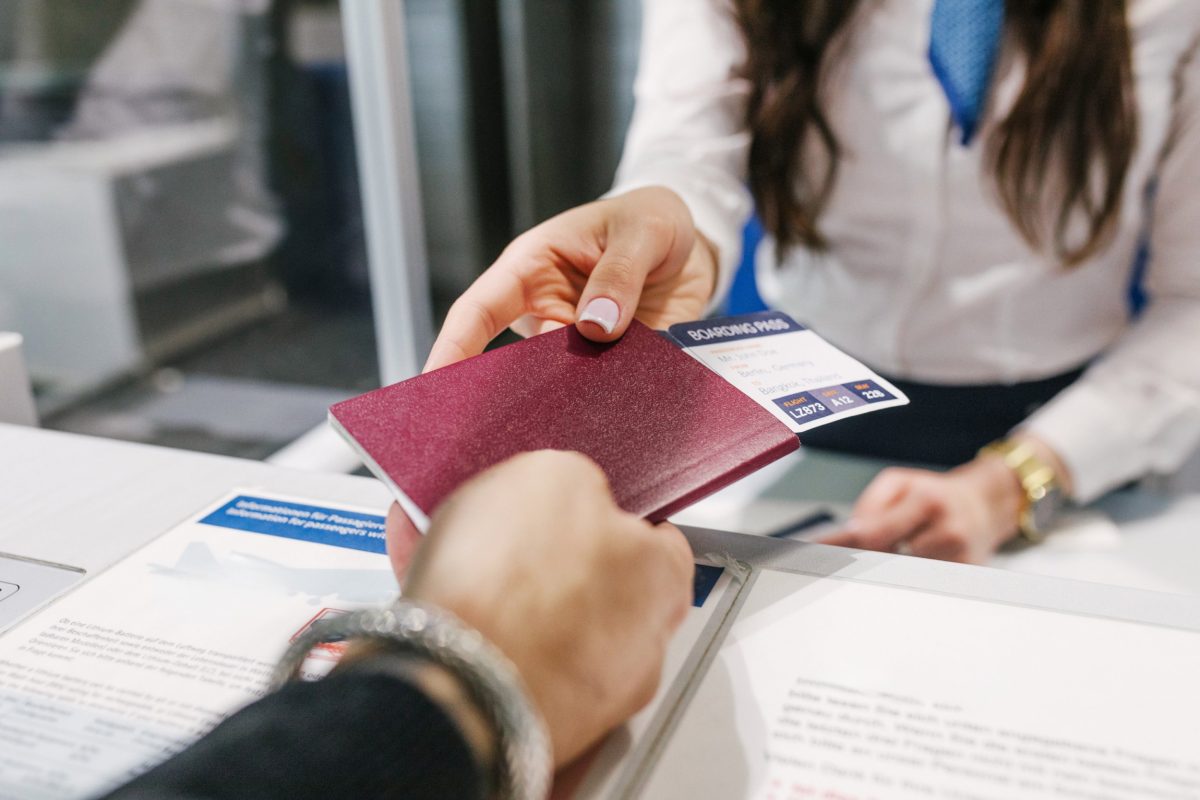EU Border System Launch and Its Impact on E-Gates

New Travel Rules for Europe: Understanding the Entry-Exit System (EES)
Starting on 12 October, travel to Europe will undergo a significant transformation with the launch of the EU’s Entry-Exit System (EES). This new system is designed to streamline border checks and improve security for visitors entering the Schengen Area. Among those affected are travelers from third countries, including British citizens.
The EES will be rolled out in phases, with full implementation across all Schengen countries expected by 9 April 2026. The system will replace the traditional passport stamping process for short stays by non-EU and non-Schengen travelers. Initially, the system will be implemented at select entry points, while manual checks will continue at others until 10 April.
One of the key features of the EES is its centralized approach to border security. It will ensure that visitors do not exceed the allowed 90-day stay within an 180-day period without a visa. For first-time visitors, fingerprints and photographs will be taken and recorded alongside their entry and exit details. These biometric data will be stored for up to three years, after which they may need to be collected again.
For those traveling through Eurostar, the Eurotunnel, or by ferry, EES registration and checks will take place in the UK. At the border, passport officers will scan fingerprints and take a photo of the traveler's face during their first visit to a country with EES. Some border crossing points will offer self-service equipment at airports or ports, or through a mobile application. These tools can help travelers register information in advance, making the EES process faster.
On subsequent visits to the Schengen Area, passport officers will only need to verify the traveler’s fingerprints and photo. Those with biometric passports can use self-service systems where available. However, if there are any issues with entry, the traveler may need to speak with a passport officer. In rare cases, data might need to be re-recorded.
UK Travelers and E-Gates
The UK has made agreements with some EU countries to allow British travelers to use e-gates. However, these e-gates will operate alongside any required EES checks. At an UK-EU Summit in May, it was confirmed that there are no legal barriers preventing more EU countries from allowing UK citizens to use e-gates at airports.
Germany recently agreed to let UK travelers use e-gates for entry. According to a release from the UK Cabinet Office, “Access for all UK nationals will be possible once Germany has completed technical updates to its entry systems as it introduces the new EU’s Entry/Exit System.” Currently, when using e-gates at an EU airport, UK travelers must still have their passports stamped.
Once EES is fully implemented, the process will change. First-time visitors to the Schengen Area after EES is in place will need to go through a check with a passport officer in addition to using e-gates. On subsequent visits, the requirements may vary by country. Britons may be able to use e-gates in addition to (or as part of) a self-service system for EES. After three years, they will need to register for EES again.
EU Relations Minister Nick Thomas-Symonds stated, “E-gates can make the slog of traveling through an airport that bit easier, which is why I have been working with the EU and member states to get more airports opened up to Brits abroad.”
The EES App
An app is set to be launched this year, allowing passengers to provide some information for EES before arriving at a border crossing. The decision to use the app will be up to individual countries within the Schengen Area. The European Border Agency Frontex has indicated that the “Travel to Europe” mobile app will go live in selected travel hubs, starting with Stockholm’s Arlanda airport later in 2025.
Etias: A New Visa Waiver
In addition to EES, a new visa waiver called Etias will be introduced in the final quarter of 2026. Etias will apply to non-EU, visa-exempt travelers visiting one of 30 European countries. Most UK passport holders will be affected by this requirement. The fee for Etias will be €20 per person, with exemptions for under-18s and over-70s. This is an increase from the initially proposed fee of €7.
As these changes take effect, travelers should stay informed about the new procedures and prepare accordingly. The introduction of EES and Etias marks a major shift in how visitors enter and move through the Schengen Area, aiming to enhance security and efficiency for all travelers.
Post a Comment for "EU Border System Launch and Its Impact on E-Gates"
Post a Comment